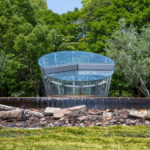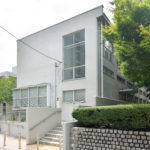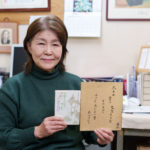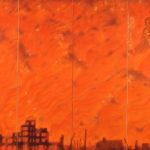Building, Column 3 “Atomic Bomb Dome (Originally the Hiroshima Prefectural Industrial Promotion Hall)”
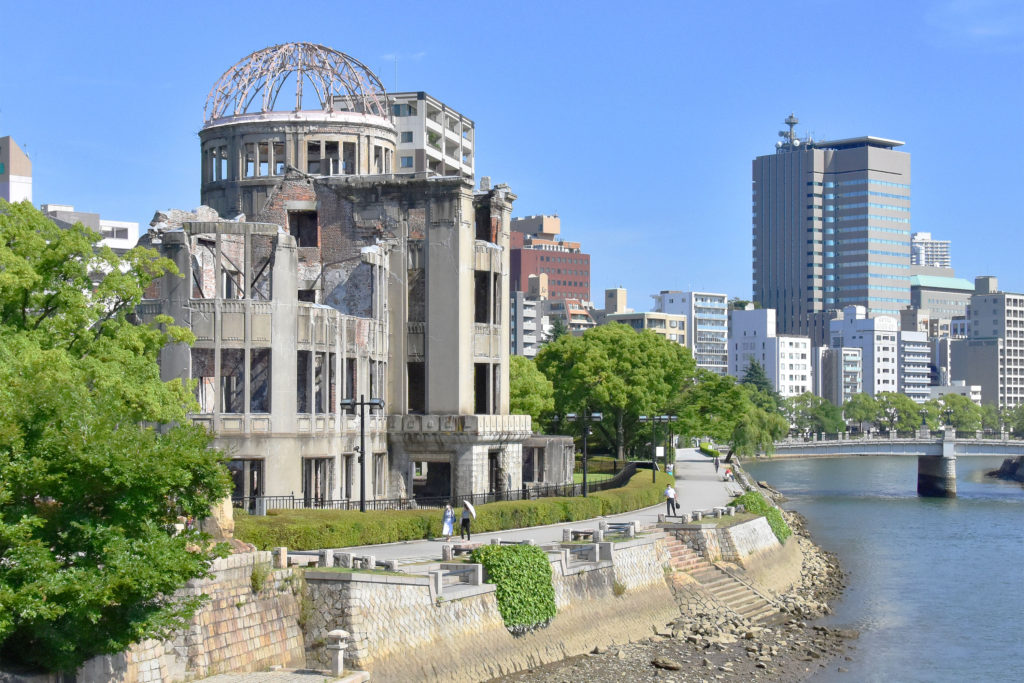
The Atomic Bomb Dome is the most famous building in Hiroshima, and before the atomic bombing, it was well-known as architecture that represented Hiroshima, and was also a famous tourist spot.
The Atomic Bomb Dome was built in 1915, as an exhibition hall for products to promote sales of products produced within the prefecture, developed due to military demand, etc. (see supplementary note 1). Inside the building, there were large rooms that could be used for exhibitions and lectures, and it served as a venue for various events. For example, there are photos that remain of the National Confectionery and Candy Fair (later known as the Confectionery Expo) held in 1921, showing the hustle and bustle of many visitors, suggesting that it was always popular with the public. In 1944, when the war intensified, the hall ceased operations and was transformed into an office for wartime administration by the national government, prefectures, and control companies (established to control the economy during wartime), etc. At the time of the bombing, it was struck by intense heat rays and blasts from the bomb exploding almost directly above it, and collapsed, leaving behind only some of its walls. It was left like that for a while after the war, but after controversy about whether to preserve or demolish the building, it was decided in 1966 that it should be preserved, and has undergone a lot of preservation work up to the present day. In 1996, it was registered as a World Heritage site.
This is the course the Atomic Bomb Dome has taken, and it is now regarded as a ruin, but if we pay attention, we can see a surprising aspect in its design. Let’s take a look at the front of the building from the river side. The exterior wall on the river side has an undulating elliptical shape, reminiscent of the resplendent Baroque style of architecture. However, as you approach the building, you are struck by the decorations with geometrical patterns, which are different from those of the Baroque style. This is called a secession, an avant-garde style popular in Europe in the late 19th and early 20th centuries. Continuing around to the back side of the building, the exterior wall here is gently curved. In fact, the entire building is slightly curved to match the shape of the river, so that the facade (front of the building) is directly facing the river. The riverside greenery was developed at the same time as the building, and through the design you can sense the intention of wanting to reconsider the value of the waterfront.
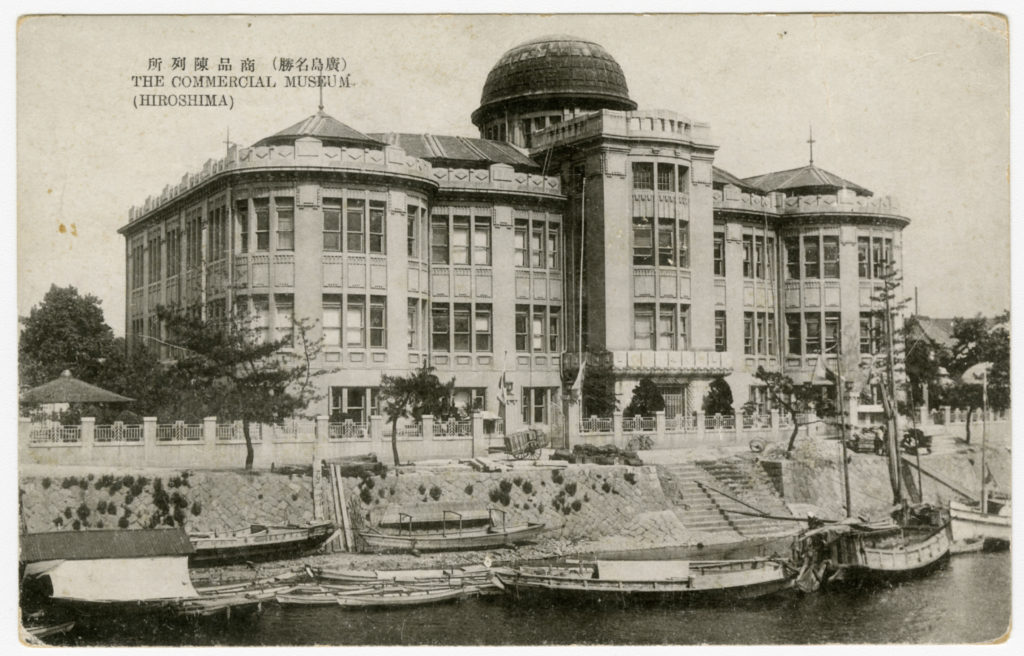
The building as it was before the atomic bombing. Buildings that faced the river and opened up the riverbank were rare in Hiroshima at that time (belonging to the “Public Records Office of Hiroshima City”)

Floor plan. We can see that not only the outer wall on the river side, but also the dome section, is not a perfect circle, but an ellipse. The entire building is curved like an inverted v shape to match the shape of the river, and the back wall is gently curved. (Donated by Usui Sai/provided by “Hiroshima Peace Memorial Museum”)
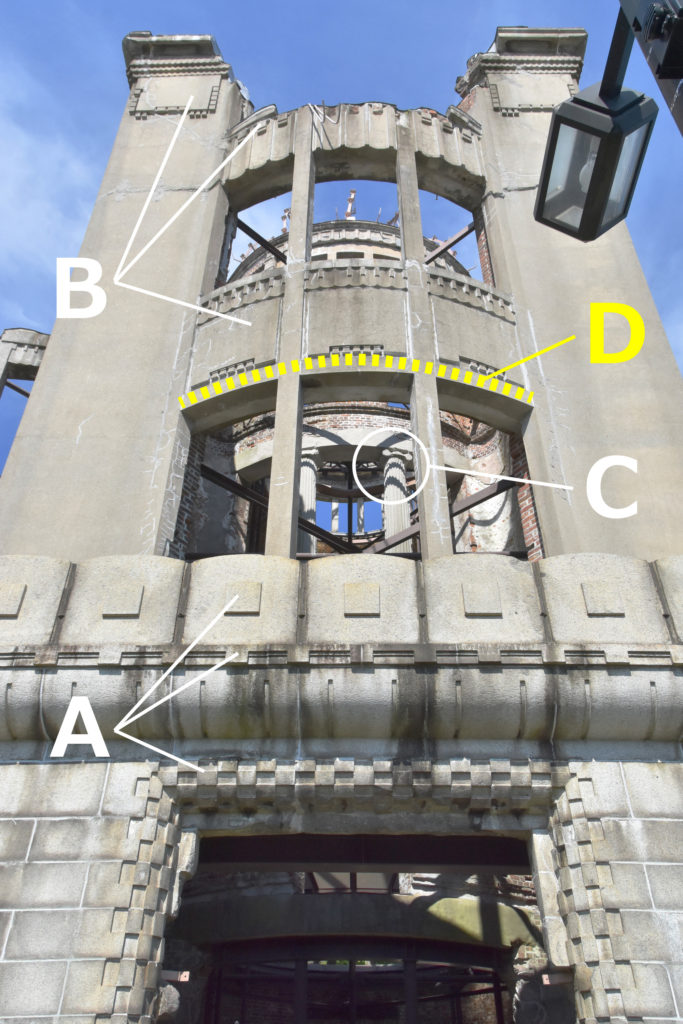
A: The secession-style decoration near the entrance is particularly avant-garde B: Decorations are attached to various parts of the exterior walls C: The columns on the second floor are not secession-style, but have capital decorations with spiral patterns (called the Ionic Order) like those of Greek temples D: The curved walls are Baroque in style

Scene of cocoa being served at the National Confectionery and Candy Fair. Taken from the staircase directly under the dome, the decorations of the second floor columns can be clearly seen. (belonging to the “Public Records Office of Hiroshima City”)
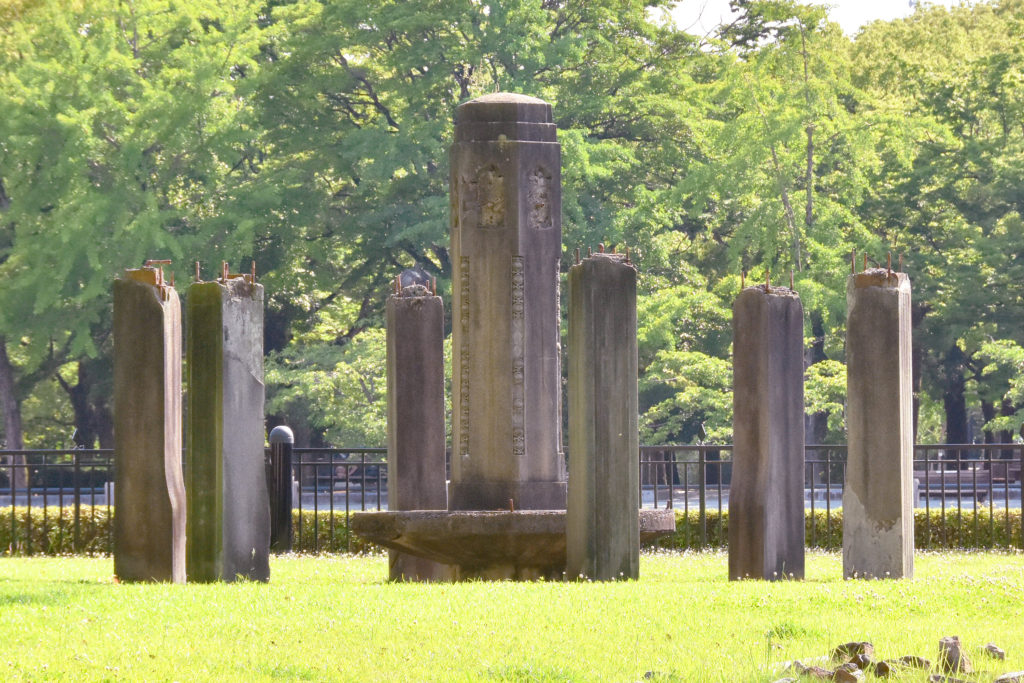
There are Japanese and Western-style gardens within the grounds, and the remains of a fountain in the Western-style garden are still there
Jan Letzel, an architect from the Czech Republic was responsible for the design (see supplementary note 2). Based on his European architectural cultural roots, through this work, he sought to breathe new life into the city of Hiroshima, which was in the process of modernization, and to propose what kind of architectural style it should have that is distinctive of Hiroshima. The secession-style decorations and the river-facing design, are an indication of this.
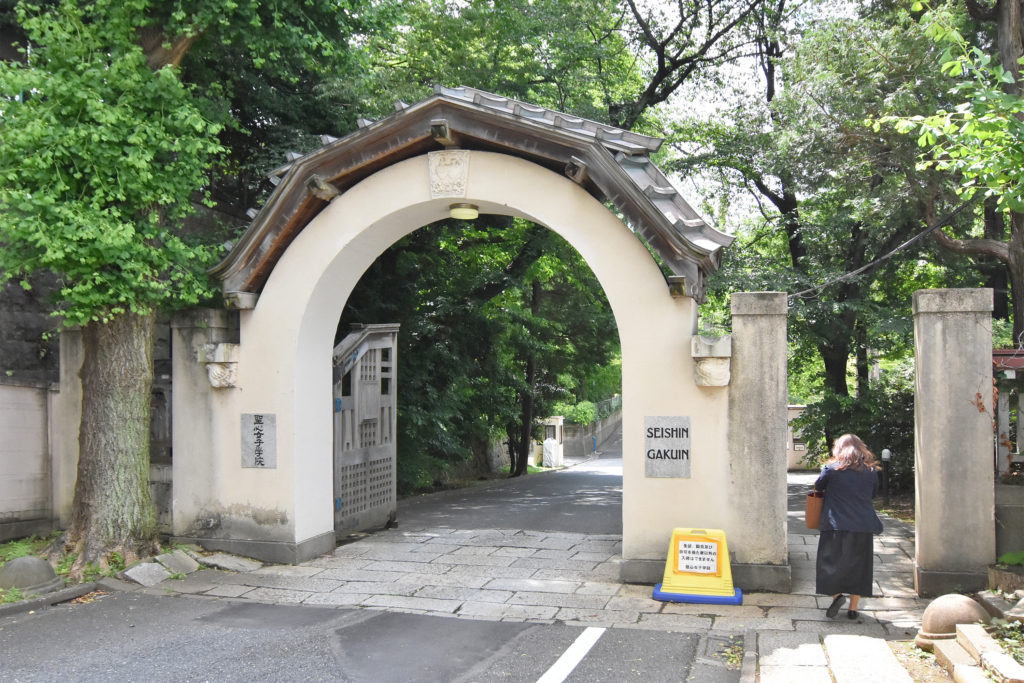
The gate of the Sacred Heart School (Tokyo), designed by Letzel. The combination of the gate with its secession-style decoration and the oriental-inspired roof. Letzel also specialized in creating designs that blended Japanese and Western styles.
As such, by paying attention to the design, we can see that the Atomic Bomb Dome is not just a ruin, but also has aspects of being an architectural work that offers suggestions to us in the present day. At the same time, we can understand in a new way the horror of the atomic bombing, which instantly annihilated architecture that had been so thoroughly thought out, and wiped out along with human lives, an urban culture that was just in the process of emerging.
*All but some of the photographs in this article were taken by the author
<Building DATA>
・Location: Otemachi, Naka-ku, Hiroshima City
・Completed: 1915
・Design: Jan Letzel (1880 -1925)
・World Heritage Site, National Historic Site
・Only the exterior is ordinarily open to the public
<Supplementary Notes>
(1) Immediately after its completion in 1915, the building served as the first venue for the Hiroshima Prefecture Products Fair, and after the fair came to an end, the building opened as the Hiroshima Prefecture Products Exhibition Hall. The building was later renamed the Hiroshima Prefectural Commodity Exhibition Hall in 1921, and the Hiroshima Prefectural Industrial Promotion Hall in 1933.
(2) Before World War I, the Czech Republic was part of the Austro-Hungarian Empire. Vienna, which was at the center of the secession, is thought to have been a place that Letzel favored.
<Literature Cited>
(1) “Hiroshima no hibaku kenzobutsu ha kataru” by Hiroshima City + Association for Buildings Hit by the Atomic Bomb, 1996
(2) “Hiroshima ken bussan chinretsukan (genbaku do-mu) no sekkei conseputo ni tsuite” by Sugimoto Toshimasa, 1989, Hiroshima Society for Science of Art. Annual Report No. 2
[Author’s Profile]
Takata Makoto
Born in Hiroshima in 1978, he is an urban planner and representative of ARCHIWALK HIROSHIMA. He has been promoting the appeal of architecture in Hiroshima, through architectural open house events and the publication of architectural guidebooks, etc. He is the author of “ARCHIMAP HIROSHIMA“.
Tags associated with this article



